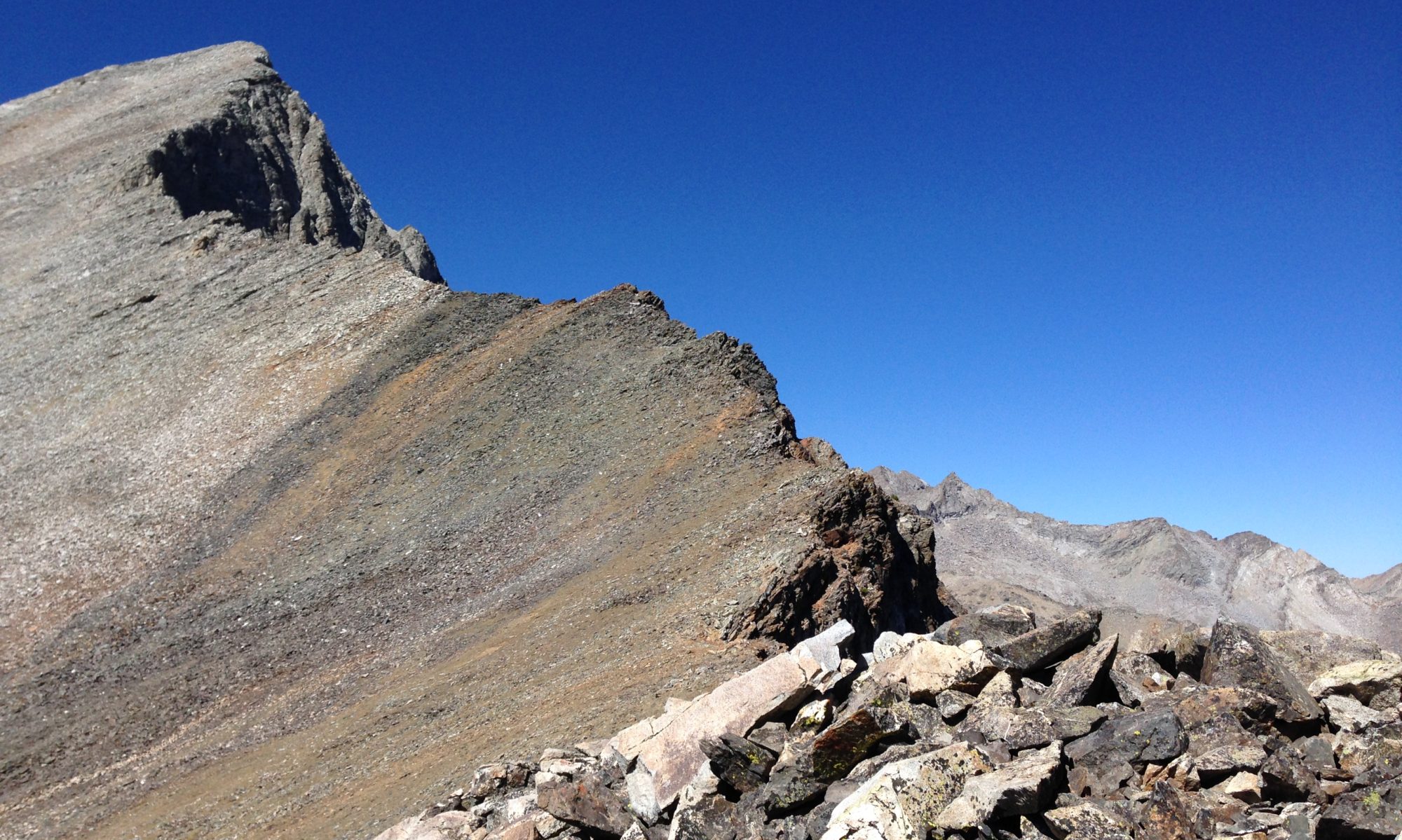chris corrigan sent me his notes from his latest incarnation of ouropen space technology training and practice workshop. i’ve been noodling on it as i cook lunches and scrub pots at the center these last couple of days. i’ve pushed his four around a bit and we’ve yet to duke it out over the details. here’s a first attempt at my own version, which maps back to my early work on InvitingOrganization…
1. practice of opening. it’s about willingness. willingness to see, to know, to open. it’s personal and reflective, but can be felt physically in body and charted in organizations.
2. practice of inviting. it’s about goodness. finding benefits TO others, as in what’s in it for them, and also benefits IN others, as in recognizing what they can add to the process of achieving what is desired personally in the first practice. it makes that first practice social, collective, organizational, and cultural, but also documented in invitation emails, letters, posters.
3. practice of holding. it’s about supporting movement and change. providing space and time, structures that support without making decisions for people, giving attention, carrying in awareness or carrying forward, holding in one’s heart or home or conference room. it creates room for others to expand, explore, experiment… to bring new things out in the world. it is simultaneously logistical, mental, and emotional.
4. practice of practicing. it’s about sustaining, returning, realizing, and making real. this is action, taking a stand, making progress, going somewhere, documenting results. this implies the continuation and diffusion of the above. standing ground, staying the course, seeing things through. it is the personal and individual (I, me, my) pursuit of the good that WE invite, in the space that WE provide. It can look simply mechanical and become deeply meditative, as we go round again, starting with Opening. (note… this might also be called the practice of “participating,” perhaps “making,” or simply “doing” or “changing.” stay tuned.
What’s really gorgeous about this is that in addition to mapping and guiding the practice of Open Space Tech as potentially very large group intervention in organizations, it also scales all the way back down into a simple, powerful one-on-one personal coaching model. Alternatively, it’s a leadership coaching model that can scale up to open, invite, hold and change the whole organization. what’s more, we can teach it in our usual two days, or serve it up as a brown bag lunch session.

